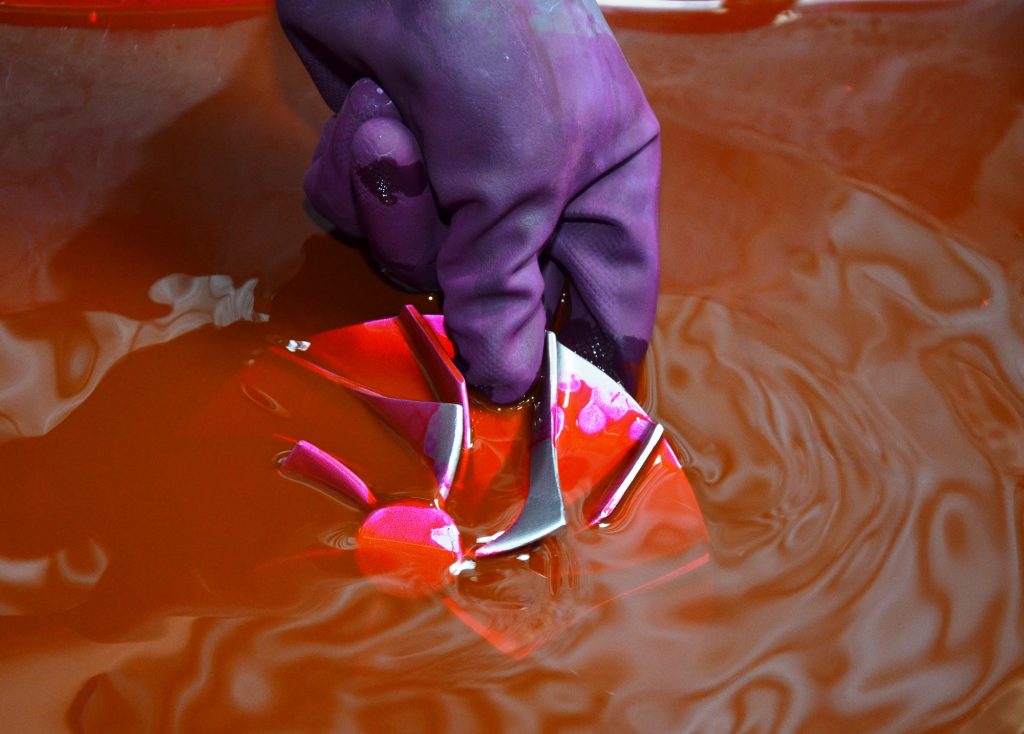Quality
The production process at MAGYARMET integrates a considerable number of controls and tests. Besides the tests and checks on the incoming materials and the technology related tests (wax and ceramic shell properties, viscosity of slurries, etc.) we offer a great number of quality tests in our laboratory:
Chemical composition test
For analyzing and testing chemical composition of metal materials we use spectrophotometer (EOS). The optical emission spectrometer performs rapid elemental analysis of solid metallic samples using spark excitation. At MAGYARMET we check the chemical composition of the alloys at each melt, first – when the alloy is ready molten and has reached pouring temperature, second time – after possible corrections in the alloy, before pouring to ensure the needed material of products.
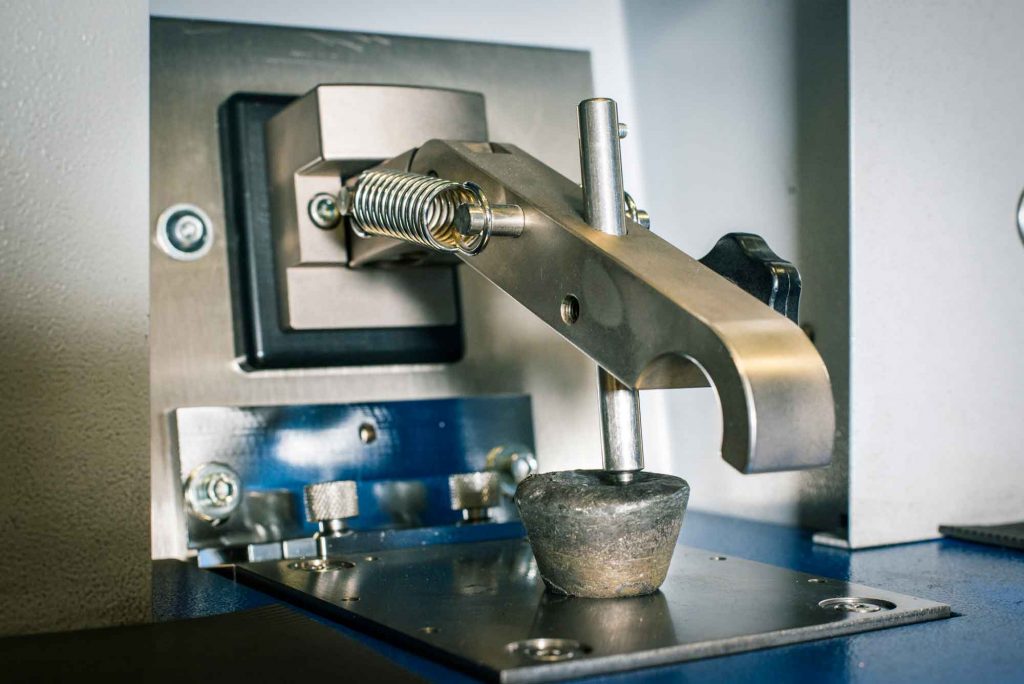
Mechanical tests – Tensile test
The test process involves placing the test specimen in the testing machine and extending it at constant speed until it fractures. During this process the elongation of the specimen is recorded against the applied force. Tensile strength, elongation and yield point are directly measured. We can determine other properties on customer’s request.
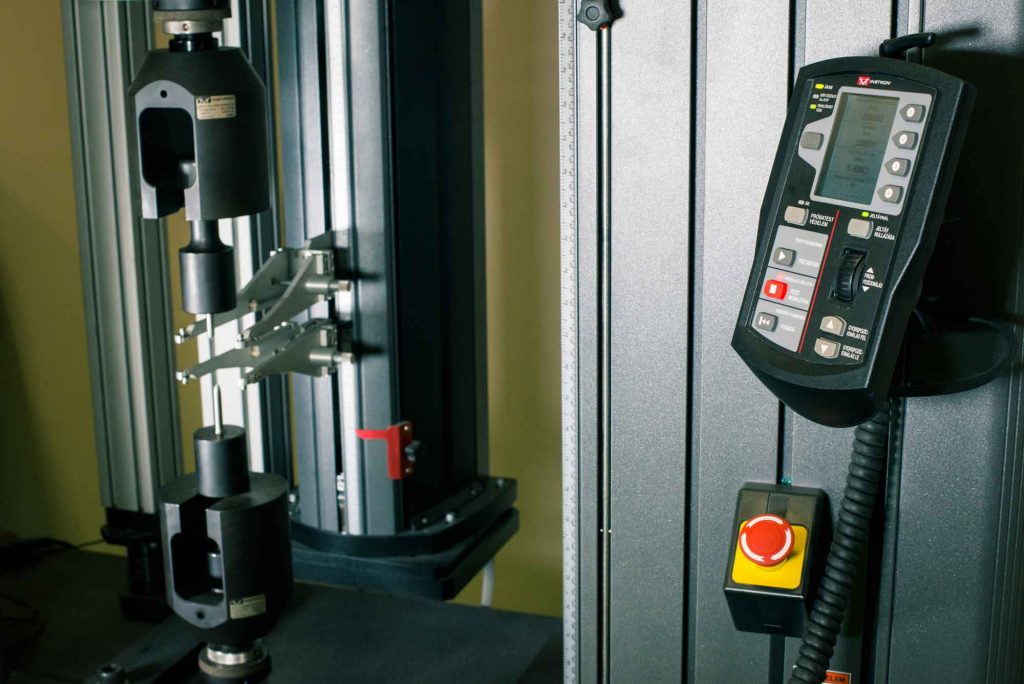
Mechanical tests – Impact test
Impact test is designed to measure the resistance to failure of a material to a suddenly applied force (bending, tension or torsion). The test involves striking a test piece with a striker, mounted at the end of a pendulum. The test piece is fixed in place at both ends and the striker impacts it immediately behind a machined V notch. The test measures the energy absorbed by the material during fracture. The test results help to check the heat treatment processes or the susceptibility to brittle fracture.
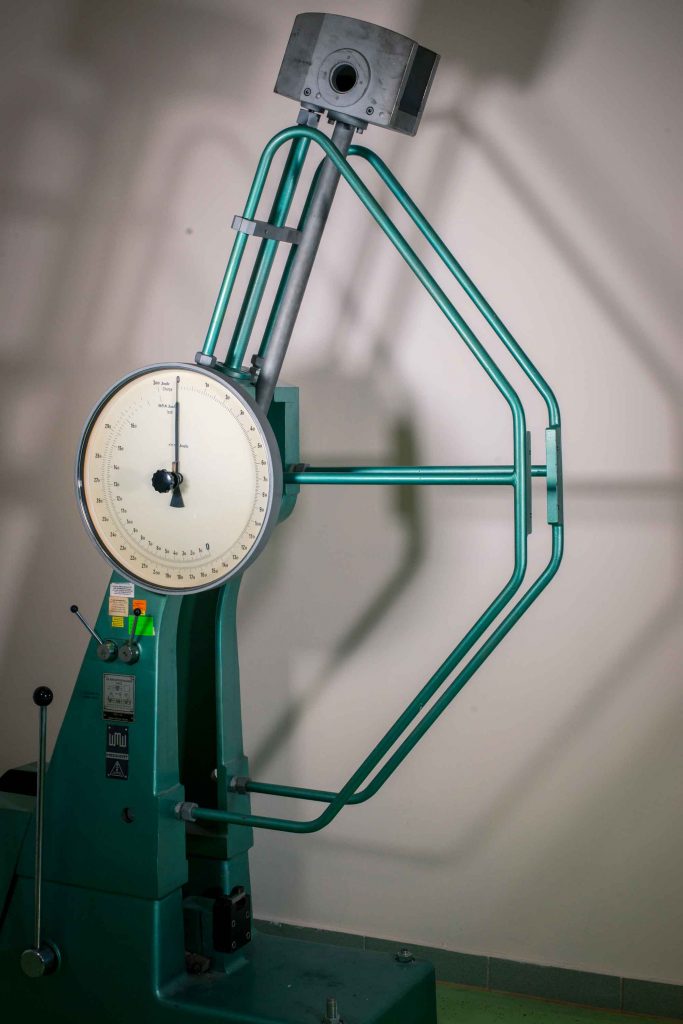
Mechanical tests – Hardness test
Hardness is a property of solid materials that enables them to resist plastic deformation. Therefore hardness also qualifies the effects of the technological operations that lead to a certain condition of the material. This property is proportional with elasticity, strength and wear-resistance. In our lab we offer three types of tests: Brinell hardness, Rockwell hardness, Vickers hardness.
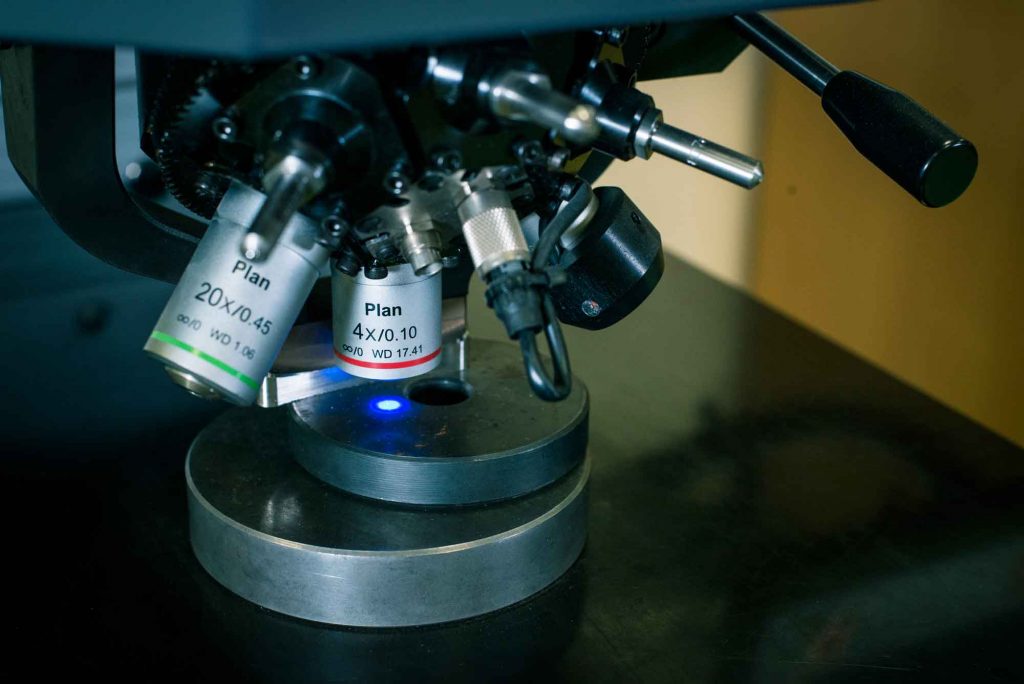
Metallographic test
Metallographic test determines the physical structure and components of metals, typically using microscopy. It helps to check the efficiency of heat treatment, particle size, particle distribution, inclusion, other inside flaws and layer thickness.

Radioscopic test
Radioscopic test is used for exploring hidden continuity gaps (material defect). The test is particularly suitable to reveal volume defects (penetration, inclusion, etc.). The pictures made with high-sensitivity camera appear on the monitor while the casting can be moved around on the pneumatic table. The radiation energy and the image contrast are also adjustable.
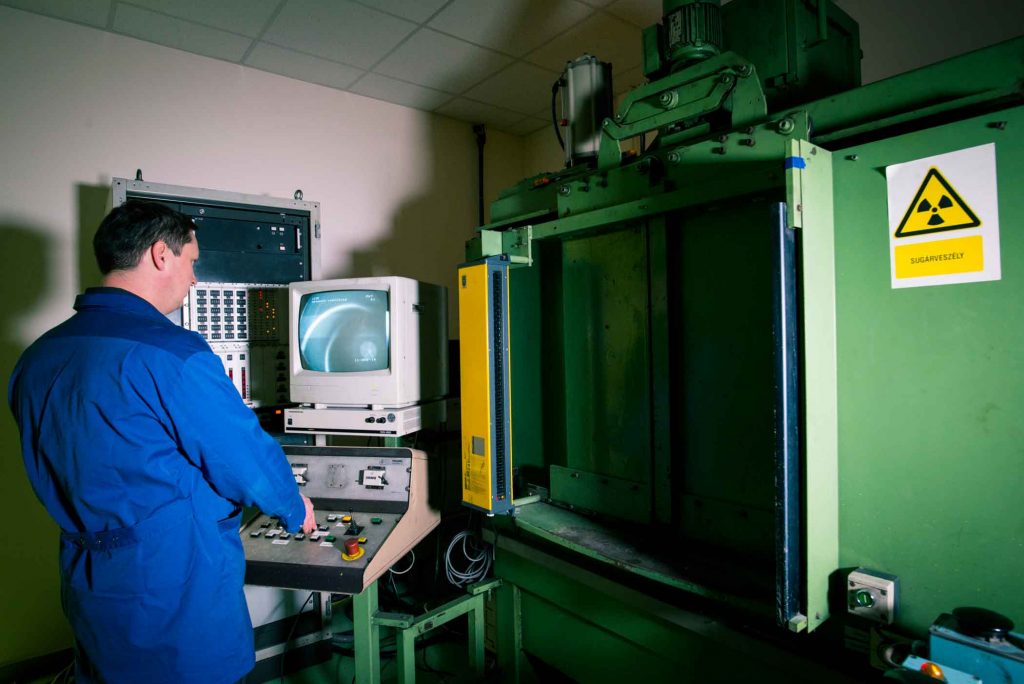
3D coordinates measuring
For dimensional control of castings we use conventional measuring equipment and 3D measuring machines. Currently there are two Zeiss Duramax, one Tesa MicroHite and one Mitutoyo machine in operation. The measuring machines help speed up the measuring processes and make possible the accurate measuring of complicated parts.
Dye penetrant inspection
During dye penetrant inspection a high creeping ability liquid is applied to the surface, so it can penetrate into the open material discontinuities. After a defined time (5 – 30 min.) the fluid gets washed off from the surface and a white developer with high absorbing ability is applied to the surface. The developer draws the penetrant residues from pores or cracks, so well visible color spots appear on its surface. The inspection takes place in 10-30 minutes after adding the developer, depending on circumstances and used agents. This method helps finding surface discontinuities.
